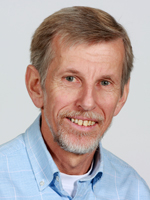Nettsider med emneord «Climate change»
Climate Changes and Zoonotic Epidemiology in Wildlife Systems (ZEWS)
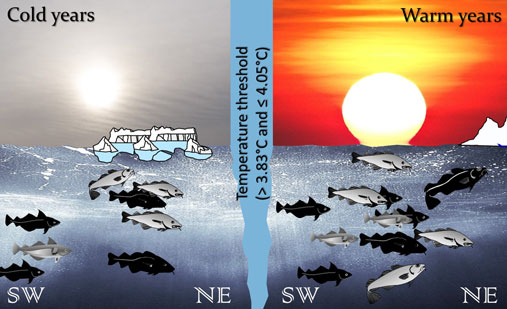
In the Boreal-Arctic seas, the two most abundant gadoid fish are the Atlantic cod (Gadus morhua) and the haddock (Melanogrammus aeglefinus). Both tend to respond to climate warming by an abundance increase and a change of distribution. Are these changes affecting how they are interacting? Statistical analysis using a state-space threshold model of acoustic and trawl survey data on cod and haddock abundance indicates that the interaction is changing with sea temperature: the cod negatively affecting the haddock when sea temperature is over 4 °C.
The FLUFFY project aims to accelerate stationary energy storage research by developing cathodes for advanced sodium-ion batteries.
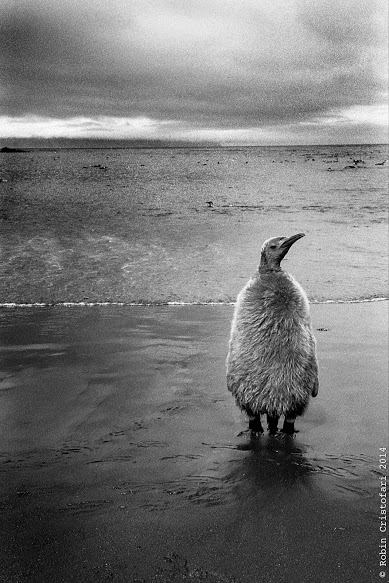
Seabirds in Polar Regions are experiencing increasing environmental stress due to climate change and pollution. They also serve as indicator species for changes in the environment. But what do they tell us about how seabird populations are affected by contaminants and climate, and is the situation the same in Antarctica as in the Arctic?
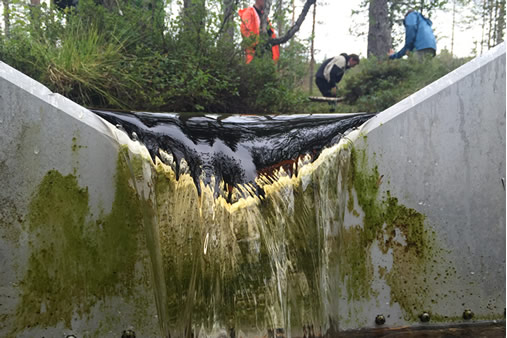
This project explores how climate change and other long-term environmental changes can influence the transport, uptake and food web transfer of mercury in boreal lakes.

Increased sea temperature due to climate change can influence the distribution, abundance and seasonal timing of zooplankton. Changing zooplankton dynamics might in turn impact the higher trophic levels, such as fish and seabirds, feeding on these animals. In a recent paper, we show that temperature variation in the Atlantic waters of the Norwegian Sea and Barents Sea might have stronger effects on the abundance of the younger than older development stages of Calanus finmarchicus, and that these stages might appear earlier in spring during warm years.
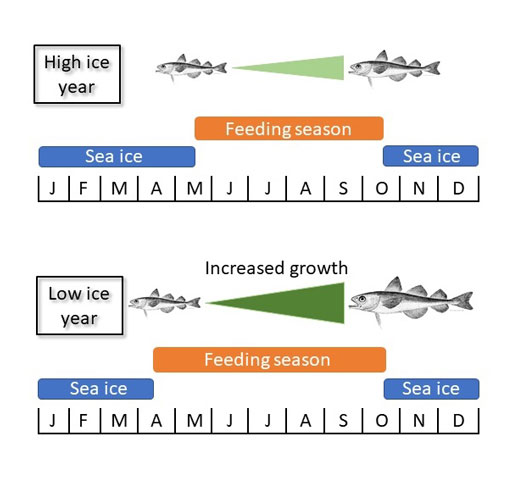
We studied the effect of changes in sea ice cover, sea temperature, and biomass of prey or predator on the length of polar cod. Our results show a significant negative effect of sea ice cover on length of all age groups of polar cod: Polar cod grow faster when there is less sea ice.

Surface waters in Scotland, as well as in southern Norway and southern Sweden have experienced a significant increase in NOM-concentrations and fluctuations over the last decades, likely due to the combined effects of climate variation and reduced acid rain.
NOM concentration levels and physiochemical properties vary significantly in space and time. Especially the seasonal fluctuations are site specific and therefore unique to any raw water source.
Surface waters are commonly used as raw water sources by waterworks for tap-water production in these countries. NOM in the water affect colour, taste and odour. Increasing concentrations of NOM, thus, causes increased demand for coagulant and disinfectant doses. NOM influences, furthermore, the stability and thereby the removal of inorganic particles and pathogens and increase the mobility of micro-pollutants. It fouls membranes, block filtration pores and compete for adsorption sites. In the water distribution networks, NOM influences on corrosion and leads to regrowth and biofilm formation during distribution, including house installations (e.g. problems with biofilm-amoebae-Legionella).
The increasing amount and variability of NOM concentrations and characteristics, thus, represents severe challenges for process control in water treatment and distribution systems.

The Perma-Nordnet research network aims to take on an important role in permafrost research, addressing the relation between thermal, bio-geochemical and hydrological processes. The task of the network is to initiate and catalyse such efforts, as well as to build, carry forward and tighten existing co-operations between the network members.
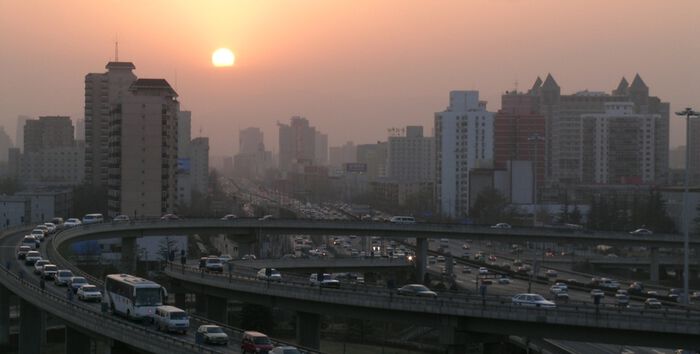
Climate and the effects of climate change present one of the greatest challenges of our time. It is a very broad research field which ignores the traditional boundaries between geoscience disciplines.
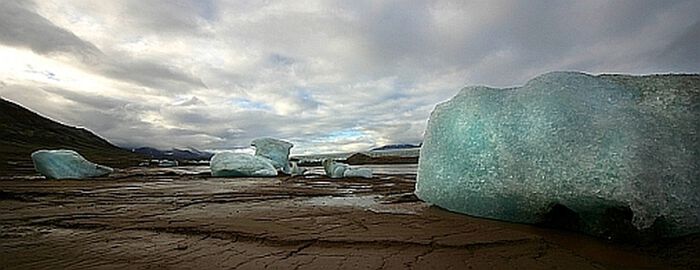
The Cryosphere includes all frozen water on the Earth's surface, all areas where snow, ice and permafrost affect the landscape and processes occurring there. We find a big amount of water tied up in glaciers and icecaps in Arctic and Antarctic, but also in permafrost and smaller glaciers worldwide.
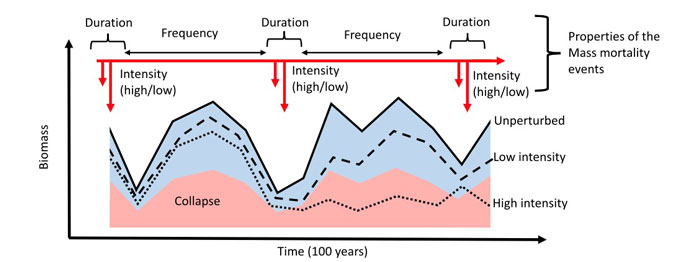
Extreme climate events, overexploitation and in general human activities can lead to a strong elevation of mortality, particularly for young and sensitive life stages. Such mass mortality events are predicted to occur more frequently. In our study published in Global Change Biology (Langangen & Durant, 2024), we recorded the chance of collapse of fish populations confronted to various levels and frequency of mass mortality events.
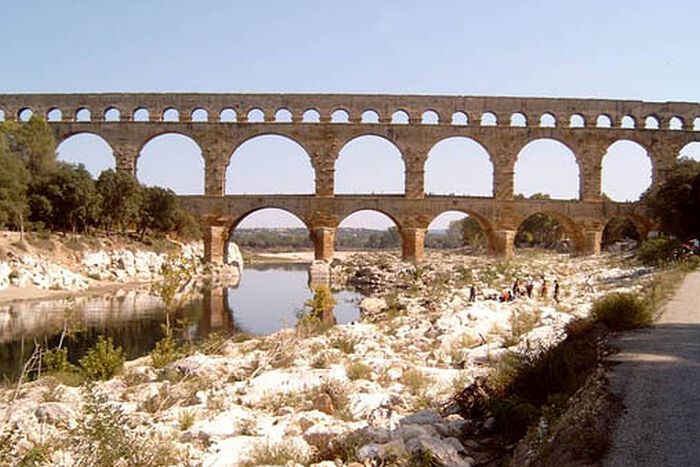
Water availability is expected to be highly sensitive to climate change and severe water stress conditions may cause major social, economic and environmental problems. This requires better knowledge on the drought generating mechanisms, its impacts and mitigation options.
The aim of the DROUGHT-R&SPI project is to improve drought preparedness in Europe through increased knowledge of drought generating processes, drought early warning and management plans, and improved science-policy interfacing.
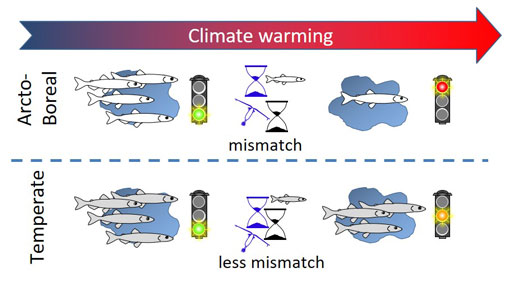
Climate warming is changing the timing of among others the reproduction for plankton or fish. Predators depend on an abundant prey supply to feed their young and insure that they survive. When the timing of the prey and the predator are not in synchrony the predator young cannot feed and are dying: there is a mismatch.
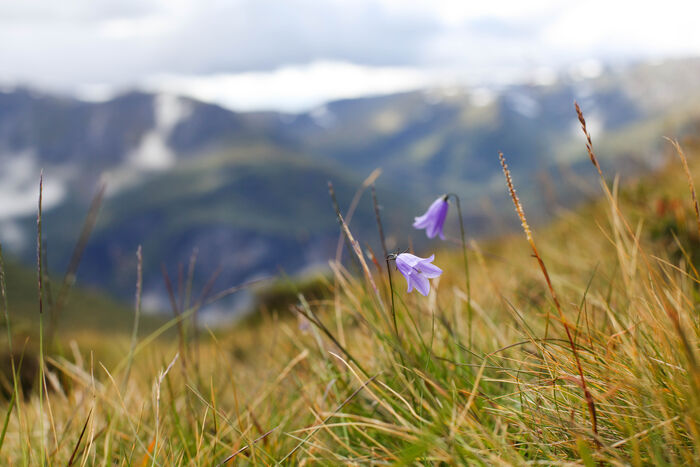
This project aims to understand the dynamics of the plant root microbiome in response to elevated temperatures and altered annual precipitation patterns.
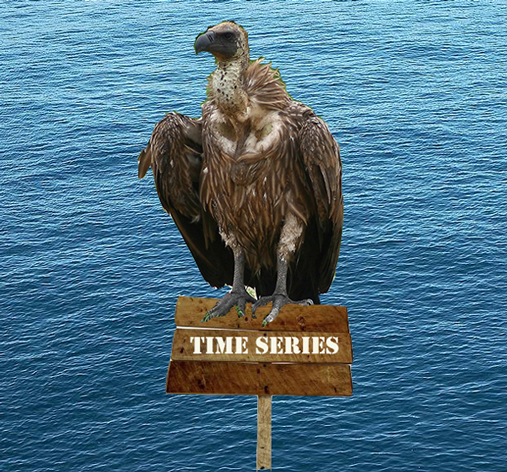
Some while ago a student asked us if we were collecting data in the marine ecological group at CEES. We were forced to acknowledge that we were not. From this follows a real cri de coeur: “but we are only scavengers!” Are we really? If we are, is it all bad?
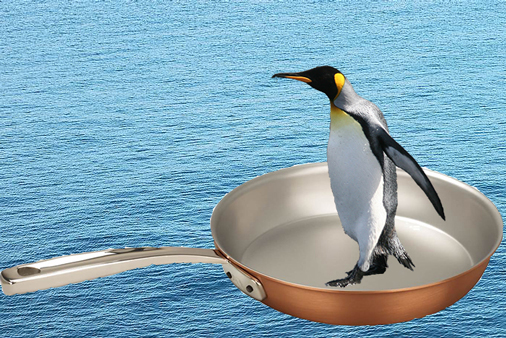
Penguins are highly visible species for the public. Their life has been portrayed in many movies. Unfortunately they are also species impacted by climate change. In a recent publication a team led by Charles Bost used long-term data to relate the large-scale climatic anomalies in the Southern Hemisphere to the foraging behaviour and population dynamics of the king penguin.
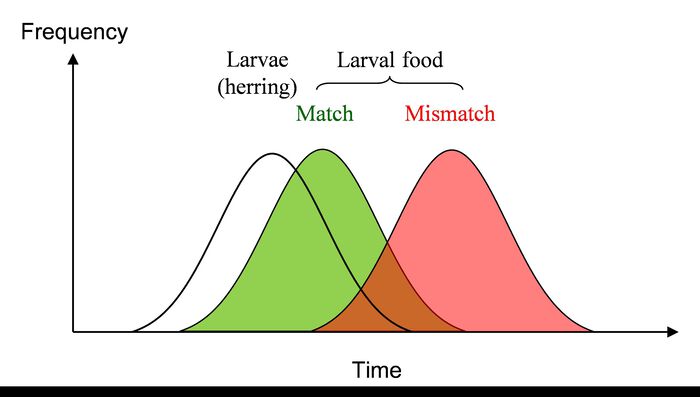
Climate change is thought to change many aspects of the marine life. Among others, one can mention changes in species distribution (immigration of species; new species coming to northern areas), the rate of development (warmer the temperature, the faster is the development), and change in the timing of the reproduction. The latter has recently caught a lot of attention around a nearly 50 years old hypothesis of the British fisheries biologist David Cushing.


